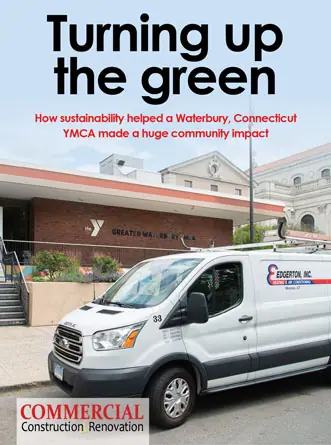You may have already heard the term ‘carbon capture’ as it has been mentioned in the media many times in the past year.
Marketed as an innovative solution to reducing carbon emissions in the atmosphere and tackling global warming, carbon capture is set to be instrumental in the fight against climate change.
Read on to find out everything you need to know about carbon capture, including:
- What is carbon capture?
- How can carbon capture prevent global warming?
- How does carbon capture work?
- Is storing carbon safe?
What is carbon capture?
As the name suggests, carbon capture refers to the process of capturing carbon in order to reduce the number of carbon emissions in the atmosphere.
Moreover, there are three main components to the carbon capture process:
- Capturing carbon
- Transporting carbon
- Storing carbon
Caron capture and storage (CCS) involves capturing carbon dioxide emissions from industrial processes such as the production of cement and steel and then storing it deep underground. In fact, cement carbon capture is already well underway, with great results.
How can carbon capture prevent global warming?
To fulfill the ambitions of the Paris Agreement, technologies need to be deployed to eliminate carbon from the atmosphere rather than merely reduce it. Carbon capture and storage offers one of the most effective ways to do this, meaning it plays a pivotal role in preventing global warming.
How does carbon capture work?
As touched upon briefly above, there are three main components to the carbon capture process: capturing, transporting, and storing.
Capturing carbon
The first step separates the carbon from other gases that are produced during industrial processes. For example, in cement factories and power generation plants.
Transporting carbon
The carbon dioxide is then compressed so that it can be transported via pipelines, roads, and ships to a safe storage site.
Storing carbon
The last step in the CCS process is to safely store the carbon dioxide deep underground where it can no longer cause harm to the environment. To achieve this, it is injected into rock formations that are buried deep underground.
Is storing carbon safe?
Yes, the process of capturing and storing carbon is safe and has been used for decades on a commercial scale. In fact, according to the Global CCS Institute, carbon capture and storage is a “proven technology that has been in safe operation for 45 years”.
Furthermore, carbon dioxide storage regulations state that all storage operations must be rigorously monitored to:
- Check the amount and composition of the carbon being placed in the ground
- Understand how the carbon behaves underground
- Provide early warnings if any issues arise
- Provide assurance regarding the long-term storage of the carbon
- Measure any leakages that may occur
Final thoughts
It is clear that carbon capture and storage will continue to play an important role in the net zero target and the fight against climate change. With the ability to significantly reduce emissions, produce power, and recycle carbon dioxide, CCS is one of the most important technologies of the 21st century.






 The 2024 virtual Men’s Round Table will be held Q4, 2024, date TBD.
The 2024 virtual Men’s Round Table will be held Q4, 2024, date TBD.












